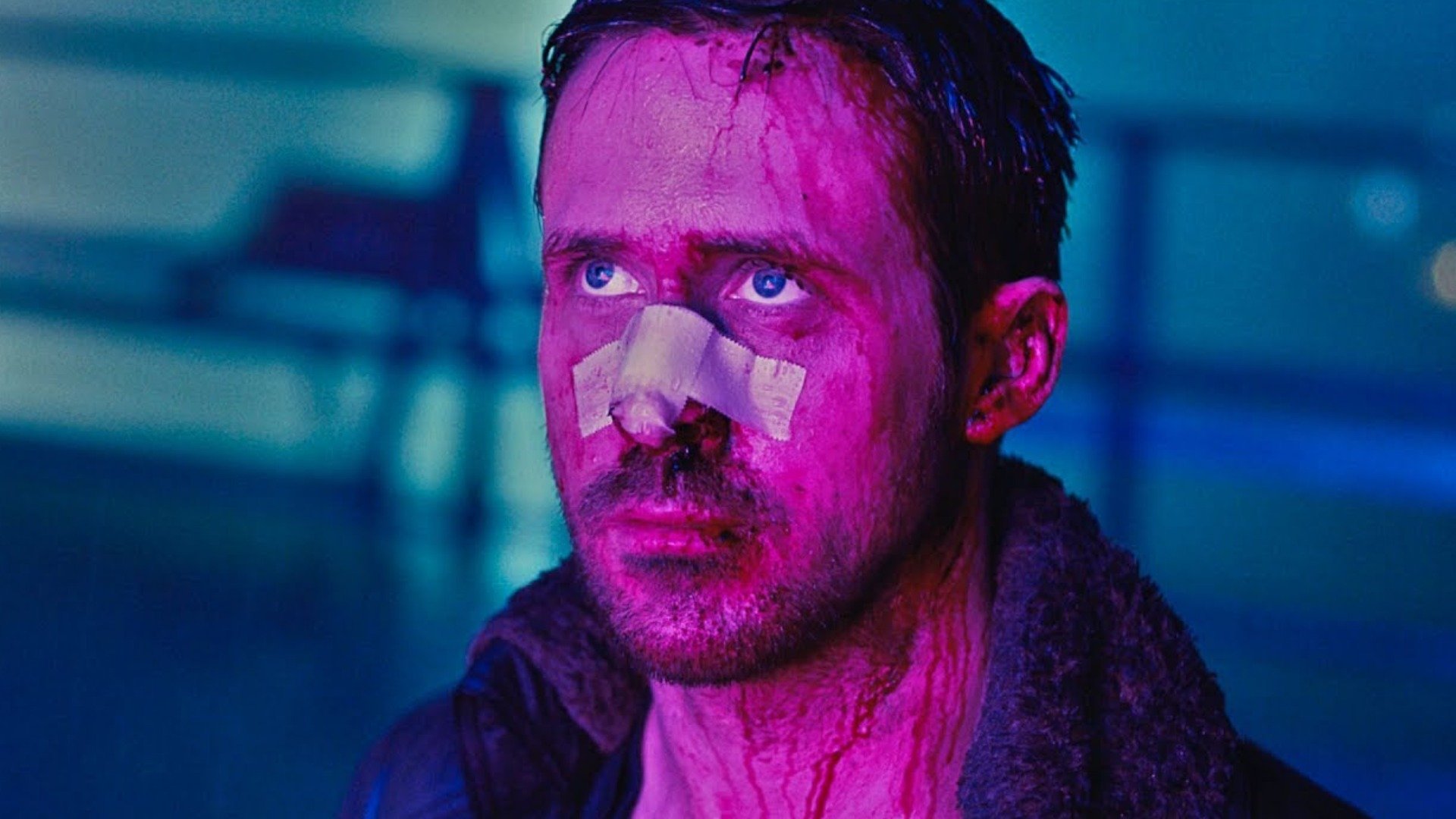The article discusses the concept of “digital necromancy,” which involves using generative AI to bring back the digital presence of deceased individuals. It mentions that debates around this practice began in the 2010s with advancements in technology allowing for the reanimation of figures like Bruce Lee and Michael Jackson. The emergence of generative AI has made this technology more accessible, leading to startups utilizing it to reanimate loved ones for the bereaved.
The authors, who are sociologists, argue that the use of generative AI in this context is an extension of existing practices of remembrance and commemoration. They suggest that interacting with digital simulations of the dead is not fundamentally different from existing practices of reflecting on what the deceased might have said or felt in various situations. They acknowledge concerns about potential ethical issues, such as the possibility of the reanimated saying things they wouldn’t have when alive, but emphasize that these cases should be considered individually.
Overall, the authors believe that worries about digital necromancy are exaggerated, and that this technology aligns with human tendencies in dealing with loss and memory.
Summarized by ChatGPT



Wasn’t there a Black mirror episode about essentially this?
Yes, “Be Right Back”.